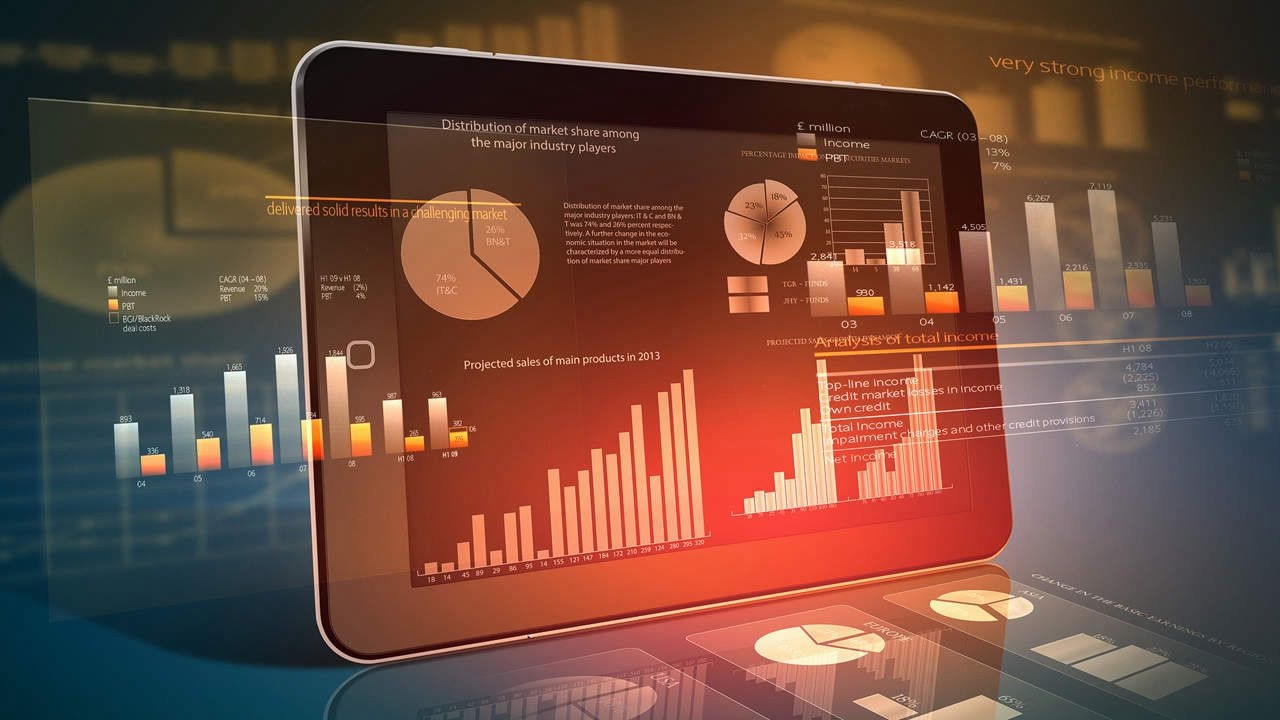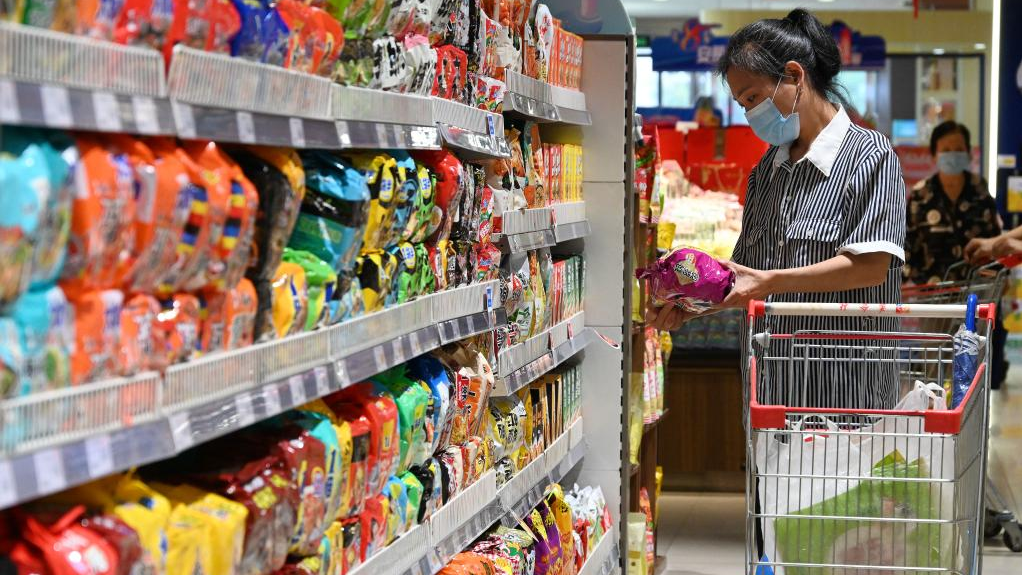
Editor's note: Liu Chunsheng is an associate professor at the Central University of Finance and Economics. The article reflects the author's opinions, and not necessarily the views of CGTN.
In recent years, China has become the second largest single consumer market in the world, and the contribution of consumption to the national economy has been rising. Consumption is not only an important driving force for China's economic growth, but also an important result of China's business development. In 2021, China's per capita GDP exceeded $12,000. The per capita disposable income of residents in China reached 35,128 yuan ($4,936) in 2021, up 9.1 percent year-on-year in nominal terms.
China's social security system has been continuously strengthened, and health care, old-age care, employment and other issues have been greatly improved. The overall price level is stable. In August 2022, China's Consumer Price Index (CPI), a main gauge of inflation, increased by 2.5 percent year on year, much lower than those of the U.S. and the Eurozone. Consumers are not only willing to spend money, but also dare to spend money.
China has entered a new stage of consumption upgrading. An important indicator of consumption upgrading is the decline of Engel's coefficient, that is, the proportion of food expenditure in total expenditure. In 1978, China's Engel's coefficient was 63.9 percent, while in 2021 it was 29.8 percent.
China has always adhered to the strategy of expanding domestic demand and promoted the formation of a strong domestic market. China has a population of 1.4 billion, of which more than 400 million are middle-income people, thus its super-large market advantage come into being. In 2021, the contribution rate of consumption to China's economic growth reached 65.4 percent.
China's consumption upgrade continues to accelerate. More and more consumers prefer quality rather than price. The pursuit of quality, experience and service is a concrete manifestation of consumption upgrading. With the change of life style, consumption concept and level are not what they used to be, and there are higher requirements for the quality, function, and service. The expenditure on medical care, education, culture and entertainment has maintained a speedy growth. The profound change to personalized, diversified, differentiated and branded consumption has provided impetus for promoting high-quality development.
As the post-95s enter the workplace and many post-00s become adults, they have become the new main force of China's consumer market. The Z generation have brought new demand and opportunities for consumption, with huge potential and higher requirements for products and services. Their population characteristics and preferences will become a new driving force for future consumption upgrading and reform.

A customer shops at a supermarket in Congtai District of Handan city, north China's Hebei Province, August 10, 2022. /Xinhua
A customer shops at a supermarket in Congtai District of Handan city, north China's Hebei Province, August 10, 2022. /Xinhua
In recent years, with the development of digital economy and its deep integration with business, massive changes have taken place in consumption market. In the era of digital economy, the consumption mode is shifting from commodity consumption to experiential consumption. Consumers not only attach importance to the quality of goods, but also pay more attention to the pleasant experience brought by purchasing behaviors.
The technological advancement has enabled people to experience new shopping mode. Online and offline shopping are mixed and people's demand for social consumption increase. Social consumption is a sales model that affects consumers' purchase behavior through social ecology. The sellers can interact with the buyers through social media. The young generation is an active group of online social networking, and also a major group of social consumption. Live stream, community networks and sharing economy have brought new experience of consumption and promote new business models.
Opening up is also an important reason for consumption upgrading. Many Chinese people have gone abroad, and global commodities have poured into the Chinese market. In 2018, China International Import Expo was held in Shanghai, becoming the world's first national-level exhibition with import as its theme. In 2021, the China International Consumer Products Expo was held in Hainan, which was the first such national exhibition in the world with a focus on consumer products. Many international enterprises and brands have chosen the Chinese market as the world's first place for new products and new technologies and have provided consumers with high-quality commodities and rich choices.
Due to COVID-19, the total retail sales of consumer goods from January to July 2022 in China decreased by 0.2 percent year-on-year but increased by 5.4 percent in August. The vitality of consumption is recovering.
As the most important driver of national economy and internal circulation, consumption is being challenged by the decline in economic growth caused by the COVID-19 pandemic, while the high expenditure on housing, education and medical care restrains people's consumption capacity. In the long run, the impact of an aging population on consumption trends also needs to be given enough attention.
(If you want to contribute and have specific expertise, please contact us at opinions@cgtn.com. Follow @thouse_opinions on Twitter to discover the latest commentaries in the CGTN Opinion Section.)